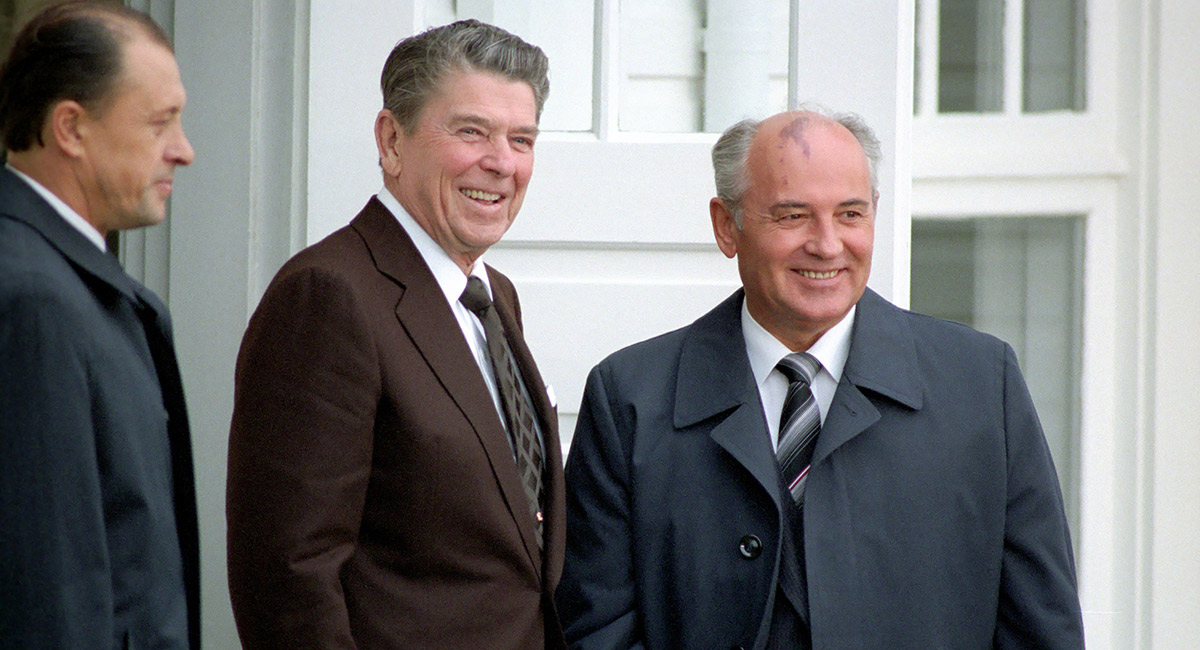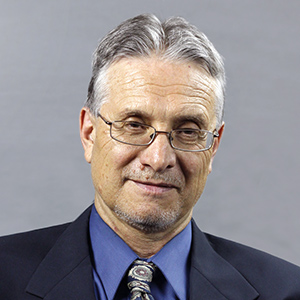Mikhail Gorbachev, who died last month at 91, was the last leader of the Union of Soviet Socialist Republics, the world’s first socialist state. To grasp the significance of the moment, Gorby fans might dial back to the original ruler.
That would be Vladimir Ilych Ulyanov, better known as Lenin, a partner in the Marxism-Leninism that formed the basis of Soviet socialism. As F. A. Voigt explained in Unto Caesar, Marxism-Leninism is not science, not a philosophy, and it fails to qualify even as a theory. Marxism-Leninism is a secular religion, a form of “armed idolatry” in power.
Lenin died in 1924 and gave way to Iosif Vissarionovich Djugashvili, better known as Stalin. He headed the dictatorship of the proletariat, which as Sidney Hook explained in Out of Step, meant dictatorship over the proletariat and dictatorship of the Communist Party. In the world’s first socialist state, that was the only party allowed.
Marxist-Leninist doctrine called for the collectivization of agriculture, and that meant the elimination of the independent farmers known as kulaks. During the 1930s, Stalin starved millions of them to death in a planned famine. While this mass murder was going on, Walter Duranty of the New York Times claimed there was no famine under Stalin’s scientific socialism. It was all lies, but Duranty’s fake news won him a Pulitzer Prize, anyway.
American sociologist Anna Louise Strong (author of I Change Worlds) hailed the elimination of the kulaks “as a class.” One must not call Stalin a god, Strong wrote, because “he was too important for that.” That brand of Stalinatry was common during the 1930s, as Malcolm Muggeridge, who broke the famine story, described in Chronicles of Wasted Time. As it turned out, a socialist nation barren of liberties was also barren of groceries.
With Soviet Marxism-Leninism and German National Socialism being in their essense the same thing, the Hitler-Stalin Pact of 1939 came as no surprise to anyone paying attention. The Soviet Union and National Socialist Germany both invaded Poland, starting World War II. Hitler betrayed his ally in 1941, and after Pearl Harbor, the United States joined the fight. After the war, the USSR decided the wartime alliance with the West would not continue, sending word through French Communist Jacques Duclos. The Cold War had begun.
In 1948, to demonstrate the squalor of American capitalism, Stalin opted to present “The Grapes of Wrath” in Soviet theaters, retitled as “The Road to Wrath.” Trouble was, the movie showed that in America even the poor owned automobiles and could drive wherever they wanted. So Stalin quickly pulled the film.
In 1953, Khrushchev revealed Stalin’s many crimes but still kept an iron grip on half of Europe, invading Hungary in 1956 and Czechoslovakia in 1968. The USSR remained an economic basket-case, confirming the failure of a planned economy, as F. A. Hayek had shown in The Road to Serfdom. Economic knowledge is too dispersed to fall under easy command, and under socialism, the worst always get on top. Only in military power was the USSR an international force, and that began to change with Ronald Reagan.
He had tangled with Communist-backed forces in the postwar film industry battles, as I charted in Hollywood Party. In the 1980 and 1984 elections, Reagan’s opposition included Communist Party USA candidates Gus Hall and Angela Davis, winner of the Lenin Peace Prize in 1979. The CPUSA was supported by the Soviets, who ran their own candidates in pursuit of a Soviet America.
Reagan called the USSR an “evil empire,” and on June 12, 1987, at the Brandenburg Gate, the American president proclaimed, “General Secretary Gorbachev, if you seek peace, if you seek prosperity for the Soviet Union and Eastern Europe, if you seek liberalization: Come here to this gate! Mr. Gorbachev, open this gate! Mr. Gorbachev, tear down this wall!”
That was the Berlin Wall, erected in 1961 to keep captives of Soviet socialism from fleeing to the capitalist West. Socialism does not allow freedom of movement, free emigration, free speech, property rights and other features of life under capitalism.
Reagan also aimed to replace mutually assured destruction (MAD) with missile defense, which Soviet apologists derided as “Star Wars.” The weak Soviet economy could not keep up, despite Gorbachev’s perestroika, or “restructuring.”
As The Age of Reagan author Steven Hayward notes, Gorbachev decided “the USSR would no longer shoot people in large numbers to stay in power” in Eastern Europe. The Berlin Wall came down in November 1989, and in 1991, the Union of Soviet Socialist Republics passed into history, some 74 years too late.
The first socialist nation is the best evidence that socialism was never great and never could be. That left Soviet colonies such as Cuba where, as Humberto Fontova explains, the walls never came down. The Sado-Stalinist Fidel Castro was not going to let perestroika and glasnost take away his power.
Cubans tell a story of Gorbachev, on a trip to Havana, taking in a bullfight with Fidel Castro. The Cuban invites the Soviet leader to challenge the bull, who chases the terrified Gorbachev back into the stands. Fidel then enters the ring, calmly walks up to the bull, and whispers into its ear. The bull promptly collapses dead on the ground to the cheers of the crowd.
“What did you tell the bull?” a stunned Gorbachev asked.
Fidel responded: “Socialism or death.”








